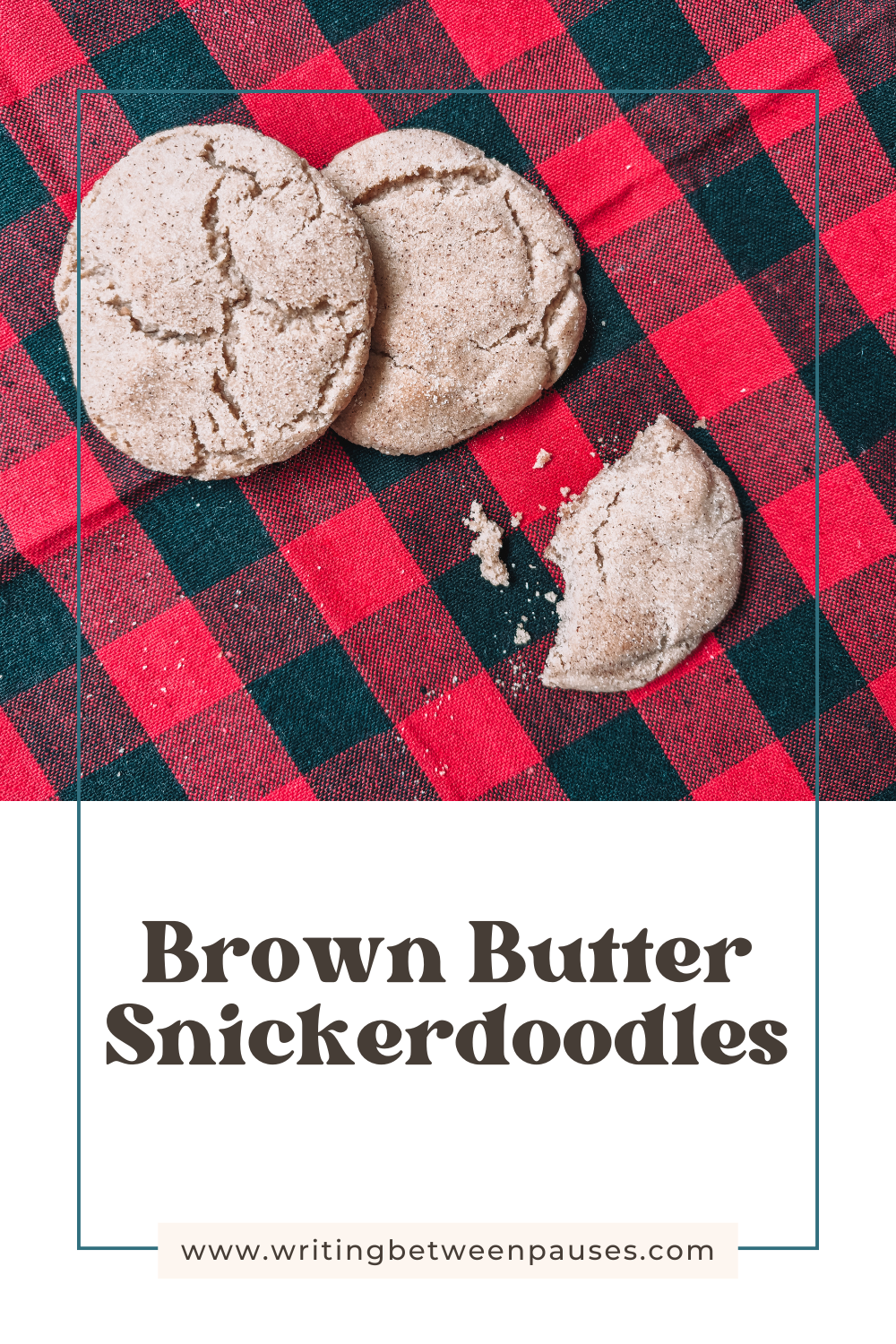When I had Forrest, I really did not put a lot of thought into the diaper bag I chose. I remember feeling just a little bit judgmental of the moms who spent hours pouring over what diaper bag to get. I just didn’t get it.
I get it now, I really do.
Diaper bags are a thing of mystery sometimes: they can be cavernous and full of all kinds of debris; or they can be super organized and ready to roll. And both of those can be the same person, depending on the day. I ended up hating the diaper bag I used with Forrest and I told myself if I had a second baby, I would find one I loved.
I was recently approached by Keababies to try out their Explorer Backpack Diaper Bag. It’s a diaper bag that is a backpack shape and, let me tell you, this really is a dream diaper bag. Take it from someone who had a complicated relationship with leaving the house with my baby! Keababies Explorer Backpack Diaper Bag is a perfect diaper bag in my opinion. I thought I’d share my 5 diaper bag essentials, and why, illustrated with this dynamo of a diaper bag!
1. The Perfect Diaper Bag
I recently got the opportunity to check out the Keababies Explorer Backpack Diaper Bag. It comes in a few different colors, but I picked the classic gray color—it is really cute! That’s really the first thing. I like cute things; I like functional things; it’s great if those two desires can be combined! And they are in this diaper bag.
I love the backpack style because it makes it easy to be on-the-go with babies. The diaper bag I used with Forrest was really bulky and yet, didn’t have enough room for my things as well. The Explorer backpack has plenty of room for all your diaper bag essentials, plus your wallet, cell phone, and keys. My absolute favorite feature is the two straps at the top (you can’t see them in my photo!) that you can use to attach it to your stroller, giving you easy access to everything.
2. The Feeding Basics
I really am a less-is-more kind of girl; I don’t usually carry around a whole lot of stuff. However, when you have a baby, what you need is sort of… a lot at all times. If you’re breastfeeding, it’s a little easier; you just kind of need your boobs.
However, with Forrest, I was pumping and using formula at the same time, so I often needed multiple bottles, even for a short trip. Sometimes it felt like leaving the house was more effort than it was worth! I needed a bottle of breastmilk, plus a bottle of water and packets of formula. However, that’s another great feature of the Explorer Backpack; it is insulated! That means, you can keep your bottles at the temperature you need them. The bottle holder in the front is absolutely perfect; you can carry a bottle for feeding, plus two for pumping if you need it; plus there is room in the same pocket for any accessories you might need, like burp clothes, nipple guards, and more.
3. A Change of Clothes (or 2)
This one is pretty standard: in case of emergency, you need clothes for your little one and maybe yourself. I always kept two changes of clothes in the car for Forrest; not necessarily in our diaper bag, but just available. I also started keeping a change of top for myself in the car—either a plain t-shirt or a sweatshirt depending on the season. This is because when you’re wearing your child, sometimes they will just spit up down your front—so if you have more places to go, you will want to change that top!
To this advice, I suggest buying clothes specifically to keep in your diaper bag or car. Sometimes, I would lose track of Forrest’s clothes for weeks, only to remember I had packed them up as spares. Buying a few plain onesies and a plain pair of sweatpants that you won’t miss is better than packing something you love, only to realize your baby has outgrown it while it’s been in your diaper bag.
4. More Wipes Than You Think You’ll Need
You will see the cute packs of wipes with decorative covers. My sister-in-law gave me the cutest reusable wipes cover. However: it was far too small for any packs of wipes. Besides, you will always need more wipes than you think you need. If you think you’re running low on wipes, you’re already too far gone, you need to buy wipes immediately. The time between “oh, we’re kind of low on wipes” and “I guess I’m rinsing my baby’s butt in the sink” is razor thin. My advice: pack more wipes than you think you will ever humanly need. Two big Costco packs, if you can: one in the diaper bag and a spare in the car. Maybe 2 spares in the car.
Another great feature of the Explorer Backpack: a really roomy main storage compartment. Perfect for those big blocks of wipes and diapers. (For diapers, I recommend having 5-6 with you at all times, depending on the age of your baby! Make sure to double check sizes frequently.) Wipes are good for everything, not just booties: runny noses, sticky hands, spilled milk, spit up, everything. You need lots of wipes.
5. A Changing Pad
Let me tell you: having a changing pad (aka a really small, compact pad that you can fold out to put under your baby while you change their diaper) is one of the best things I can suggest to new parents. In all likelihood, you aren’t ever going to be able to use changing tables in public spaces—most of the time, they are nasty. They’re also super rickety—I never felt comfortable putting Forrest on one, afraid he would roll off.
The best part about the Explorer Diaper Backpack is that in the back pocket, there is a large, fold out changing pad—perfect for those on-the-go changes in bathrooms, the back of your car, airports, wherever. You can easily wipe it clean and put it back. I would estimate the size as about a foot by a foot and a half, which doesn’t sound big, but is; it’s also really padded, which means it’s much more comfortable for your baby.
I hope this helps you get that diaper bag organized for your baby, or soon-to-be baby! I have missed writing about baby stuff and even though I’m not expecting myself (I am the 1%, it feels like!), a ton of my friends are. If you’d like to try the Keababies Explorer Backpack yourself, I highly recommend it; you can use my code pauses2021 at check out.
Disclaimer: as indicated by the asterisk (*) in the title, this blog post is written using a sponsored product. I received the Explorer backpack free in exchange for review. Posts like this help me keep the lights on! As well, links throughout this post are affiliate links and by using them or my code, I will receive a small kickback from Keababies. Posts like this help me keep Writing Between Pauses running! If you’d like to learn more about my disclosure and advertising policy, click here.























